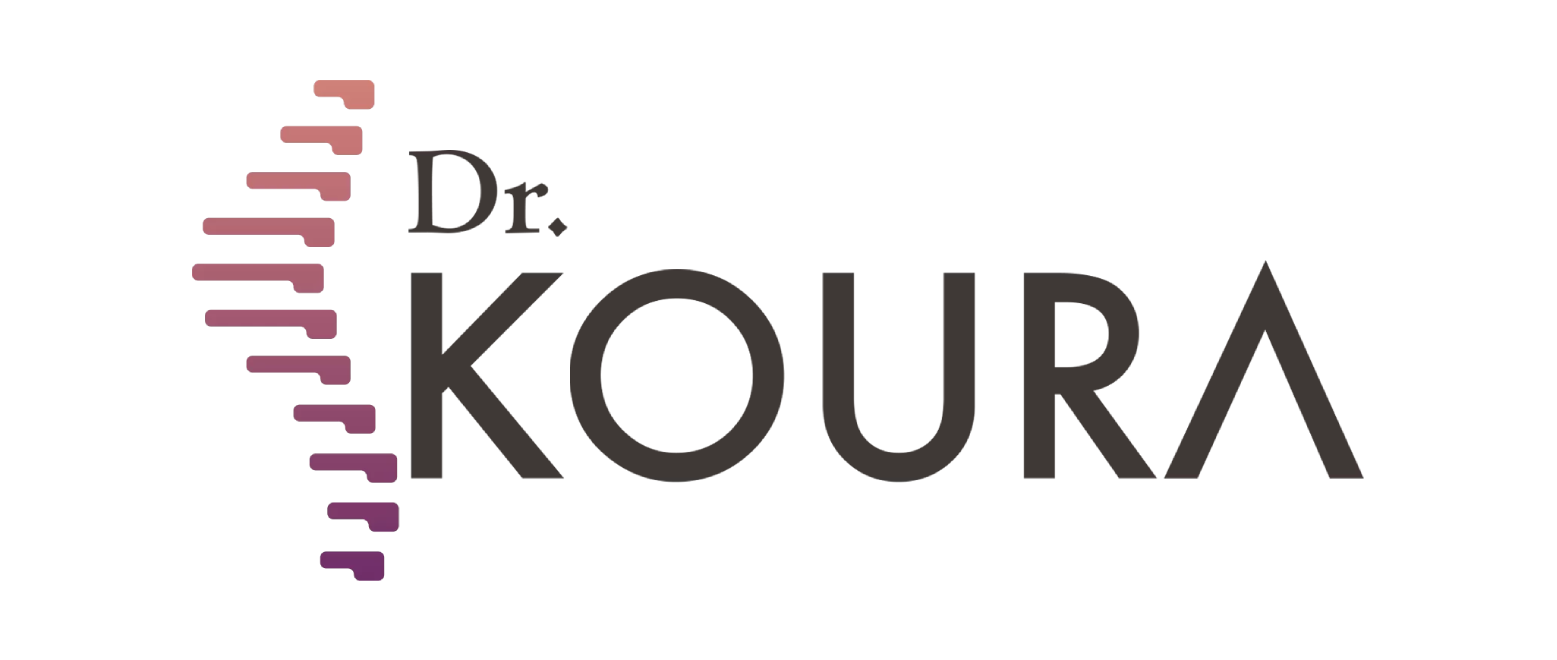Treatment of Shoulder Joint
Definition:
Shoulder joint pain is most common among users of computers and smartphones for long periods, and those who carry stressful weights daily. This causes some problems in the soft tissue of muscles, tendons, and ligaments, and shoulder joint pain may be due to the wrong sitting position. In addition, some diseases that may cause shoulder joint pain, such as neck pain and roughness of the cervical spine, liver, heart, and gallbladder diseases.
Causes:
– Injury of soft tissue, muscles, tendons and ligaments in the shoulder.
– Neck muscles injury.
– Neck pain that is caused by the roughness of the cervical spine.
Other Causes: Arthritis, trochanteric bursitis, bony spurs, torn cartilage, broken shoulder bone, frozen shoulder.
Symptoms:
– Shoulder pain.
– Neck pain.
– Pain in the muscles surrounding the shoulder.
Methods of Treatment:
– Minimal non-surgical interventions help the patient to avoid the problems of surgical interventions, as such interventions are safe, easy and simple. It does not take a long time inside the operating room and is performed under local anaesthesia. Finally, the patient is being discharged from the hospital on the same day and will practice his normal life as soon as possible.
These techniques include several options as the following:
1- Thermal Radiofrequency is a computer-operated technology that transmits thermal frequencies through a needle aimed at the sensory nerves to treat shoulder pain, and is performed inside the operating room to ensure sterilization under local anaesthesia and guided by interventional radiology equipment. It takes one-third to one-half an hour inside the operating room and then the patient can return to his room in the hospital and leave it on the same day.
After thermal radiofrequency, the patient feels real improvement only after two weeks, as the patient may feel pain sometimes and also improvement at other times, which is a normal condition and the patient should not worry, and the more the patient gets to rest at home during the two weeks, the greater the chances of improvement.
2. Ozone gas injection in the shoulder: Ozone gas is anti-inflammatory and helps to treat shoulder joint roughness.
3. Platelet-rich plasma injection: It is one of the most efficient ways to treat joint roughness because it contains growth factors and proteins that help to regenerate the joint cartilage and relieve pain.
4. Stem Cells Injection: Stem cells are mutable cells extracted from abdominal fats. These cells are prepared in the laboratory and re-injected into the joint to help reconstruct the cartilage.
5. Hyaluronic Injection: It is an oily fluid used to supply the joint with the synovial fluid and to help reduce intra-articular friction and is often injected with plasma.
Advantages of treating shoulder joint roughness without surgery:
– As mentioned above, these interventions are minimal without any need to make surgical cut or incision, and it is simple, easy and safe.
– It does not take a long time and takes half an hour at the most.
– These interventions are performed under local anaesthesia, and total anaesthesia is not used.
– Discharge from the hospital on the same day.
– The patient returns to his normal life within the shortest possible time ranging from two to three days.
- It must be noted that the patient must adhere to all the doctor's instructions to rest, not follow the stressful daily life practices that aggravate the pain, and stop the wrong habits that worsen the situation. From losing weight if overweight, not carrying heavy objects, reducing the effort of daily work, and not taking wrong body positions that harm the joints or the spine. In addition to being keen to exercise even as little as possible, and to take the correct position while sitting during our daily life.





 Egypt
Egypt